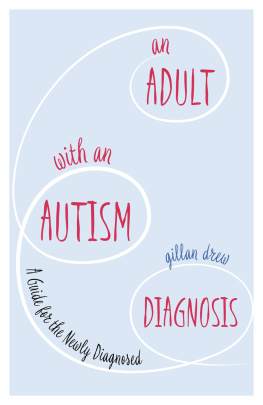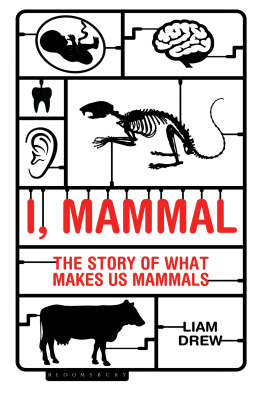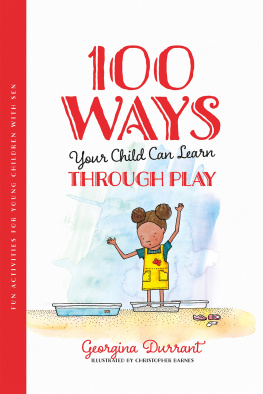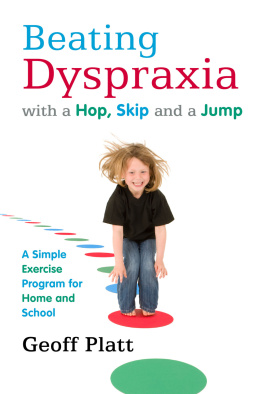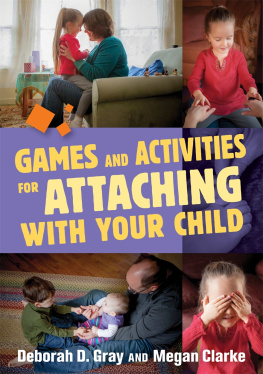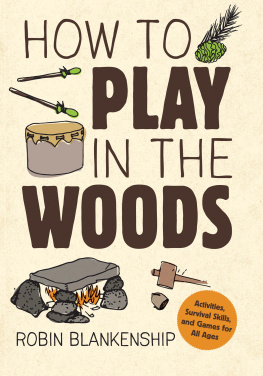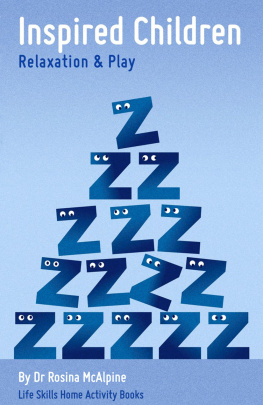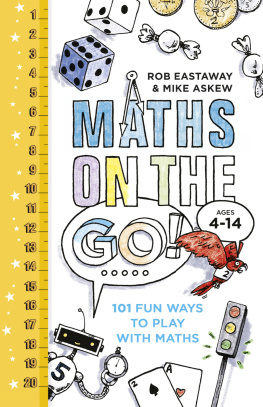of related interest
Self-Esteem Games for Children
Deborah Plummer
Illustrations by Jane Serrurier
ISBN 978 1 84310 424 7
eISBN 978 1 84642 574 5
Integrated Yoga
Yoga with a Sensory Integrative Approach
Nicole Cuomo
ISBN 978 1 84310 862 7
eISBN 978 1 84642 677 3
Understanding Motor Skills in Children with Dyspraxia, ADHD, Autism, and other Learning Disabilities
A Guide to Improving Coordination
Lisa A. Kurtz
ISBN 978 1 84310 865 8
eISBN 978 1 84642 672 8
Caged in Chaos
A Dyspraxic Guide to Breaking Free
Victoria Biggs
ISBN 978 1 84905 474 4
eISBN 978 0 85700 873 2
Cant Play
Wont Play
Simply Sizzling Ideas to get the Ball Rolling for Children with Dyspraxia
Sharon Drew and Elizabeth Atter
Illustrations by Elizabeth Atter

Jessica Kingsley Publishers
London and Philadelphia
First published in 2008
by Jessica Kingsley Publishers
73 Collier Street,
London N1 9BE, Uk
and
400 Market Street, Suite 400
Philadelphia, PA 19106, USA
www.jkp.com
Copyright Sharon Drew and Elizabeth Atter 2008
Illustrations copyright Elizabeth Atter 2008
All rights reserved. No part of this publication may be reproduced in any material form (including photocopying or storing it in any medium by electronic means and whether or not transiently or incidentally to some other use of this publication) without the written permission of the copyright owner except in accordance with the provisions of the Copyright, Designs and Patents Act 1988 or under the terms of a licence issued by the Copyright Licensing Agency Ltd, Saffron House, 610 Kirby Street, London EC1N 8TS. Applications for the copyright owners written permission to reproduce any part of this publication should be addressed to the publisher.
Warning: The doing of an unauthorised act in relation to a copyright work may result in both a civil claim for damages and criminal prosecution.
Library of Congress Cataloging in Publication Data
Drew, Sharon.
Can't play won't play: simply sizzling ideas to get the ball rolling for children with dyspraxia / Sharon Drew and Elizabeth Atter.
p. cm.
ISBN-13: 978-1-84310-601-2 (pb: alk. paper) 1. Apraxia--Patients--Recreation. 2. Exercise for children. 3. Play. I. Atter, Elizabeth (Elizabeth Anne), 1959- II. Title.
RJ496.A63D74 2008
618.928552--dc22
2007030159
British Library Cataloguing in Publication Data
A CIP catalogue record for this book is available from the British Library
ISBN 978 1 84310 601 2
eISBN 978 1 84642 758 9
CONTENTS
ACKNOWLEDGEMENTS
We would like to thank all our colleagues in Health and Education who have shared their ideas and helped shape our knowledge.
A big thanks goes to all the children and their families who we have met along the way who willingly test drove our theories and advice.
We would like to thank our parents for their love, support and encouragement throughout our careers.
Last but not least we would like to thank James and Becks who have posed for photos and drawings and been our guinea pigs as they have been growing up. Of course we cannot forget Tim and Martin who have had to live on microwave dinnersthanks boys! XXX
INTRODUCTION USUALLY A REALLY GOOD PLACE TO START!

As two very experienced therapists we have worked for many years with children who have difficulty with everyday play, games and activities due to poor co-ordination and motor control.
Sharon is an occupational therapist (OT) and Liz is a physiotherapist (PT). We are frequently asked to enable children to join in the same activities as their friends and classmates. This might be at school, at their local leisure centre or just in the street or park. Parents want to be able to help but might not know how to. Whilst it would be great if all of the children who experience difficulty with co-ordination could see an OT or PT, the sad reality is that this is not always possible.
Experience, and now research, is showing that if parents and carers are given the right information and ideas, they can often be their childs best therapist. The aim of this book, therefore, is to provide a practical resource for parents and carers to dip in and out of to help children with some of the more common activities they report as wanting to improve.
The book is laid out using the following icons to help focus on particular aspects:
 | Warning triangle to indicate safety notes. |
 | Question mark to indicate frequently asked questions. |
 | Light bulb to indicate tips and hints for you to try. |
 | Letter R to indicate resources and information that you might find useful, such as books, websites or organizations. |
We have set out to look at specific skills such as bike riding and soccer as well as giving ideas for other games and activities to do in order to support the development of physical skills as well as stamina and fitness.
It is intended that you will be able to use the activities and advice in a pick and mix way, not necessarily in any order, but when your child expresses a desire to learn a new skill or activity. You could even use the book as a rainy day and holiday activity resource. The information in this book is not meant to be a therapeutic programme and is not a substitute for therapy intervention.
What is dyspraxia/developmental co-ordination disorder?
Dyspraxia is now commonly known as developmental co-ordination disorder, or DCD for short. (In this book we will use the term DCD.) It is not the purpose of the book to discuss the whys and wherefores of DCD, as there are now many publications readily available. A list of publications is included in Further Reading at the end of the book. However, as a backdrop to this book a summary of the condition would be helpful.
What do we know about DCD? Current thinking is that it affects more boys than girls (with this in mind and for the ease of writing, we will be referring to him and he in the text as a generic term). As yet we do not know what causes it. It can affect children in a mild form or to such a significant degree that it gets in the way of everyday living and learning activities. Some children have difficulty with planning and organizing what they want to do and some children just dont seem to have the body mechanics to do the job. Others have a mixture of both. Up to 50 per cent of the more severely affected children will go on to experience some difficulties in adulthood. More often than not, DCD can overlap with other conditions such as dyslexia, attention deficit disorders and social communication disorders. Some children struggle to learn new skills and find the whole experience quite demoralizing, which can lead to a lack of confidence and motivation. This can sometimes be shown as difficult behaviour, being emotionally immature and having difficulty learning in school. At the moment there is not a cure. This makes the picture of a child with DCD quite complicated. As a result, each child is different. Their own personality and other factors such as home life and culture can also have a bearing on how they cope with day-to-day life at home, play and school.
Next page

